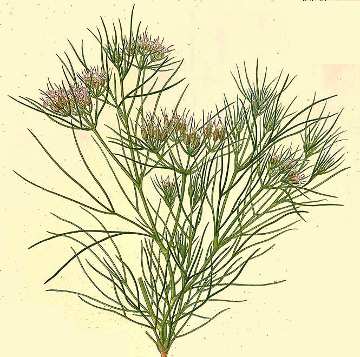Cumin (Cuminum cyminum L.): A review of its ethnopharmacology, phytochemistry
DOI:
https://doi.org/10.15419/bmrat.v7i9.634Keywords:
Cuminum cyminum, Cumin, Ethnopharmacology, Phytochemistry, Biological ActivitiesAbstract
Introduction: Cumin (Cuminum cyminum L.) is an annual plant that is not only one of the most popular seed species but also one of the oldest and most cultivated aromatic and herbaceous natural products with numerous medicinal, nutraceutical, and pharmaceutical properties. It is widely used in the beverage, food, liquor, medicine, perfume, and toiletry industries. The objective of this work was to provide a precise and up-to-date review of the ethnopharmacology, phytochemistry, and biological activities of cumin.
Methods: Information was gathered from the review of relevant literature obtained from various databases, such as Science Direct, Springer, PubMed, Google, and Google Scholar.
Results: The various parts of the cumin plant (leaves, shoot, root, and flowers) contain similar and different chemical compounds.
Conclusion: The medicinal and health potential of cumin is mainly attributed to its antioxidant, antibacterial, antifungal, anti-inflammatory, antidiabetic, insecticide, and immunomodulatory properties. More studies are, however, required to unravel novel components and applications of cumin.

Downloads
Published
Issue
Section
License
Copyright The Author(s) 2017. This article is published with open access by BioMedPress. This article is distributed under the terms of the Creative Commons Attribution License (CC-BY 4.0) which permits any use, distribution, and reproduction in any medium, provided the original author(s) and the source are credited.
